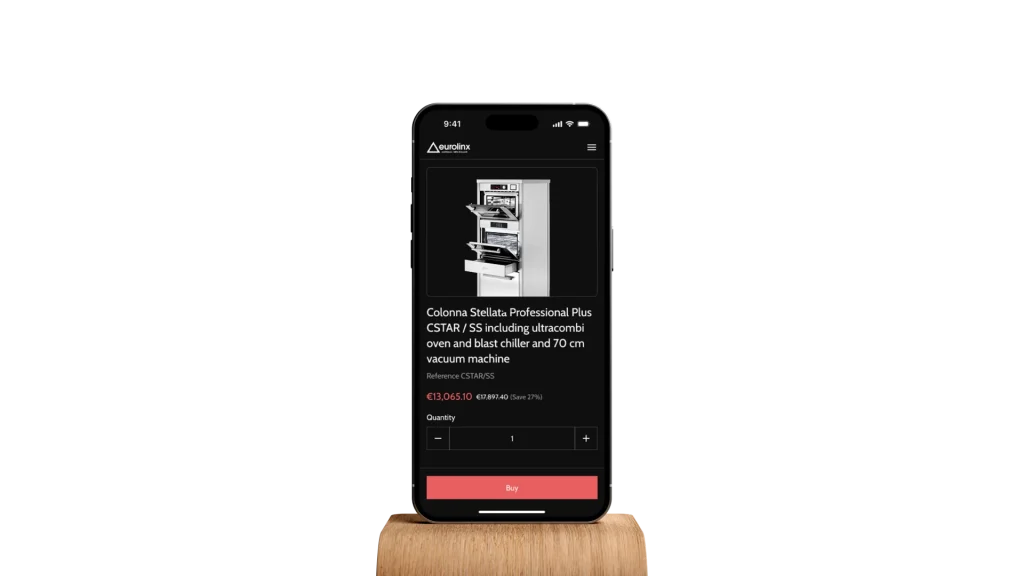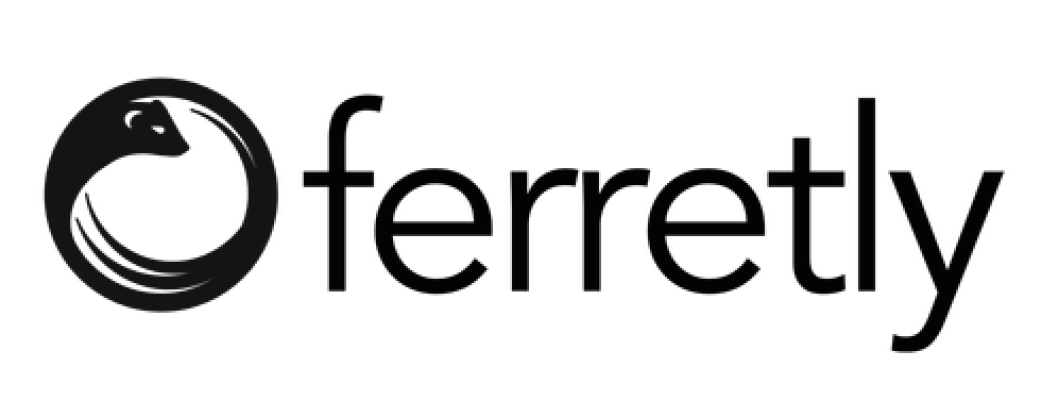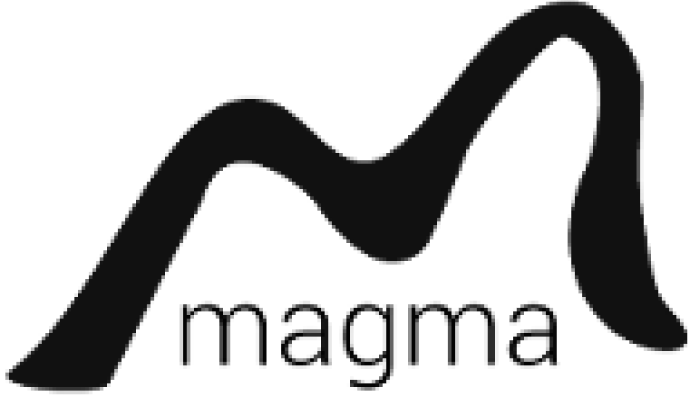Artificial intelligence in database migration helps to identify problems and develop a step-by-step migration plan that aligns with your business objectives. Semantic extraction to the modernization backlog helps to clear requirements and acceptance criteria.

Oracle MySQL migration to Aurora is a step forward for businesses seeking speed, cost efficiency, and innovation.
Here’s why companies are choosing Oracle-to-Aurora AI-Powered Database Migration:
- Decreased Operational Expenses: The Oracle system is 301% more expensive than the Aurora/Postgres solution for the same amount of work.
- Better Performance and the Growth Potential: Aurora is designed to handle up to 5x more data than regular MySQL and 3x more data than PostgreSQL.
- Simple to Use: AWS takes care of backups, patches, and failover. By automating these tasks, teams focus on ideation more.
- Open-Source Flexibility: Aurora PostgreSQL works perfectly with PostgreSQL and has support for new technologies including JSONB, arrays, and geographical extensions.
With AI-Powered Database Migration, You Get
-
Oracle vs Aurora Evaluation and Planning
-
Database Modernization Preparation
AI tools convert Oracle’s structure into code that works with Aurora, which accelerates the conversion process:
- Setting up Cloud Resources: We ensure that all resources are ready, security measures are in place, and backups are ready so that the migration goes smoothly.
- The AWS Schema Conversion Tool (SCT): The SCT tool looks at your Oracle database schema and changes it into a format that works with Amazon Aurora (PostgreSQL or MySQL).
- AI-Powered Refactoring: For complicated PL/SQL packages or methods that SCT can’t fully convert, AI-powered reworking ensures that they will work with the Aurora destination database.
-
Migration and Performance Improvements
After the move, we ensure Aurora settings and queries are set up for the best performance. Pipelines run automated provisioning, updates, and validation throughout the migration:
- The AWS Database Migration Service (DMS) simplifies data migration from Oracle to Aurora via a Full Load to move the data that is already there and change data capture Oracle Aurora (CDC) to keep track of and copy changes as they happen.
- Full Load: The first time a lot of data is moved from Oracle to Aurora.
- Change Data Capture (CDC) keeps track of changes that happen during the initial load and applies them to Aurora, making sure that no data is lost.
- Supplemental Logging: This lets DMS record changes from the Oracle source by turning on supplemental logging.
- Works with SQL: If you want to use Oracle-specific SQL queries with Aurora’s SQL dialect (ANSI SQL for PostgreSQL or MySQL-compatible SQL), you may need to change them.
- Replacing the Client Driver: To ensure that your application connects without any problems, we replace the Oracle client drivers with Aurora-compatible ones.
-
Testing and Validation
Each iteration is meticulously tested with AI to ensure everything is fine. End-to-end and units are produced automatically as the code evolves:
- Keeping Data Safe: Check to make sure that the data in Aurora matches the data in the original Oracle database to make sure there are no problems.
- How the Application Works: Check that all of the application’s features work as they should by testing it with Aurora.
- Testing for Performance: Do performance testing to make sure that the response times for queries and the general performance of the system suit the needs of your organization.
-
Post-Migration Support
We stay with you long after the migration to keep an eye on performance, security, and scalability:
- Watching: To make sure the system is running at its best, use Amazon CloudWatch and Performance Insights to keep an eye on crucial metrics like CPU usage, replica lag, and query latency.
- Tuning: To get the best performance and cost, change the Aurora cluster parameters or instance sizes based on the performance metrics from monitoring tools.
Value We Provide
Quality Excellence
The PMO, BAO, and QMO are all part of a system of internal quality centers that make legacy software modernization services easier to plan and control project time and money. They work together to ensure planning, development, and deployment go smoothly.
Lower Time-to-Market
We get results faster than the market average while still keeping the highest quality, thanks to end-to-end AI Solution AcceleratorTM, automation, CI/CD pipelines, and pre-configured infrastructure components. These practices lead to up to 30% faster completion of the projects.
Proven Industry Expertise
Regardless of the sphere, we know how to take into account industry-specific requirements. We have worked across many fields, including fintech, logistics, and manufacturing, and ensure that migrations follow industry standards.
Full Lifecycle Support
We ensure that your legacy application migration is reliable, safe, and scalable as your organization grows, from planning to ongoing maintenance. We keep everything in one connected flow, so the changes are validated continuously at a sustained delivery speed.

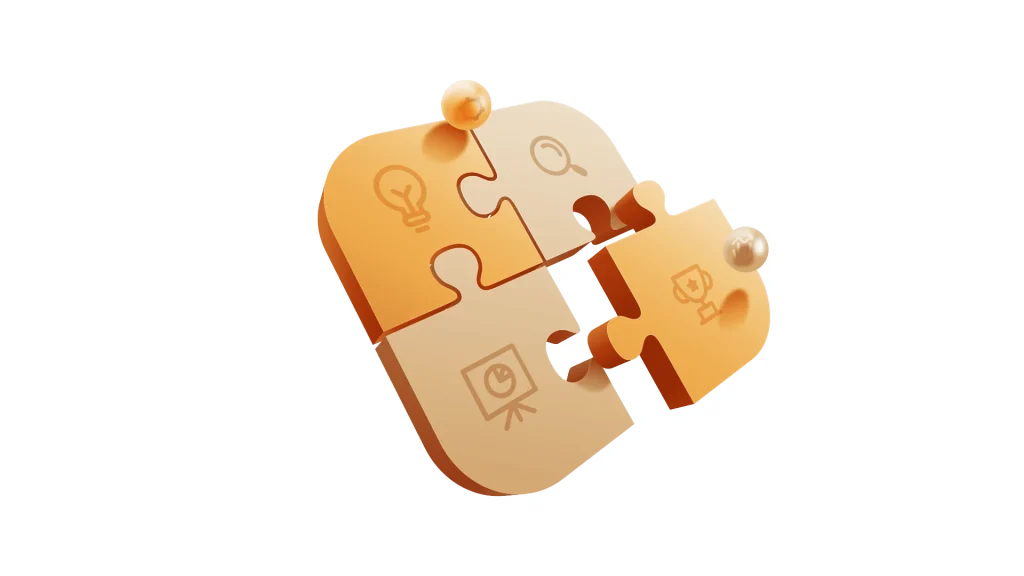
Joynd: Unified Integration Platform for HR Software Providers
A robust B2B platform that connects companies and HR software providers through federated identity, intelligent workflows, and secure data integrations.
Additional Info
- Angular
- NgRx
- RxJS
- Tailwind CSS
- .NET Core
- PostgreSQL
- AWS
- Docker
USA

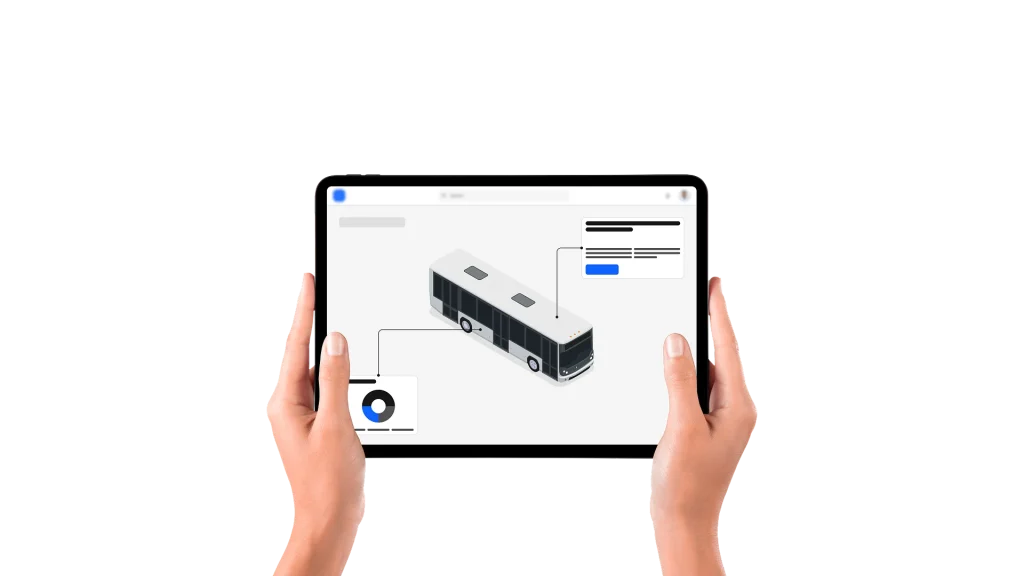
End-to-End Bus Fleet Management System for an International Bus Lines Company
A bus fleet management system incorporates multiple operations in one, gathering data and streamlining data-driven business decisions.
Additional Info
- .NET Framework
- C#
- ASP.NET MVC
Netherlands
Testimonials
Frequently Asked Questions
-
How long does it take to move from Oracle to Aurora?
Most migrations are done in weeks, not months; however, it depends on the size and complexity of the database.
-
Will there be downtime while the move is going on?
We employ phased migration strategies to cut down on or get rid of downtime. We build our processes to predict challenges with the help of AI, so the risk of downtime drops.
-
Do you meet compliance standards like PCI DSS or GDPR?
Yes, we ensure that your migration meets the most up-to-date security and regulatory standards across industries and locations.
-
How does AI make this move easier?
Simply put, AI makes schema conversion easier, finds compatibility problems, and speeds up performance to make the transfer go more smoothly.
-
Is post-migration help included?
Yes, we do offer long-term help and performance tracking, so you can be sure that every issue (if any) will be immediately resolved.
-
Why pick Aurora instead of Oracle?
Oracle’s popularity decreases, as Aurora is cheaper, more scalable, and has cloud features built in that Oracle can’t match.
-
Is it really worth moving from Oracle to Amazon Aurora?
If you want to save money, stick to a license, and make it easier to scale in the cloud, it may be worth switching from Oracle to Amazon Aurora. Aurora has outstanding performance, built-in high availability, and works well with AWS, all for a lot less than Oracle’s license fee.
-
What advantages does AI bring to the migration process compared to traditional methods?
AI changes schemas, suggests PL/SQL code rewrites, and finds incompatibilities, speeding up and reducing migration risks. Moreover, it optimizes migration plans and recommends cloud right-sizing, saving manual rework and time and expense compared to manual or rule-based techniques.
-
How does Aurora performance compare to Oracle for enterprise workloads?
If the architecture and system are adequately adjusted, Aurora can equal Oracle’s performance for many business workloads, notably OLTP and mixed workloads. Aurora has high throughput and availability because of its multi-AZ storage, log-based architecture, built-in read replicas, and quick recovery. However, Oracle still has some benefits in high-end use cases.
-
Will all my Oracle PL/SQL procedures, triggers, and functions be supported in Aurora?
Aurora doesn’t support Oracle’s PL/SQL, thus, procedures, triggers, and functions must be converted to PostgreSQL or MySQL stored routines. AI-assisted technologies may speed things up during the Oracle to Aurora MySQL migration, but human inspection and reworking are important.
-
How do I ensure data consistency and zero data loss during migration? What are Oracle to Amazon Aurora migration best practices?
A complete initial load with change data capture (CDC) replication and sync Oracle writes to Aurora ensures data consistency and minimal data loss. Zero loss requires read-only cutover, rollback plans, and consistency checks at each step.
-
Can AI tools automatically detect and resolve schema/compatibility issues?
Modern AI-assisted migration systems analyze schema conversion Oracle to Aurora, identify incompatible data types, functions, and PL/SQL expressions, and suggest Oracle to Aurora PostgreSQL migration. Some produce procedure and trigger code rewrites. To sum up, AI lowers manual work and identifies more faults than rule-based solutions, but it can’t ensure complicated business logic correctness without human review and testing.
-
How much cheaper is Aurora compared to Oracle?
Case studies indicate significant cost benefits of Oracle database migration AWS DMS Aurora. According to numerous sources, it’s 40-60% cheaper for the same workload. However, they are ideal numbers. Each particular case’s result may differ.
-
What hidden costs should I expect to migrate Oracle database to Amazon Aurora?
Refactoring PL/SQL code, rebuilding triggers and functions, testing, and Aurora performance optimization refer to often hidden expenditures. Additionally, while using automated database migration Oracle Aurora, teams generally underestimate the time needed to educate workers and build up new monitoring procedures. Skilled project management, data validation, zero-downtime Oracle to Aurora migration, and post-migration improvements may dramatically increase these migration costs.
-
Can AI help forecast or optimize cloud costs after migration?
Yes, AI can predict Aurora costs by looking at workload patterns, query logs, and usage trends, and it can recommend adjusting instance sizes, changing queries, or altering the number of replicas. It can also spot cost spikes, suggest reserved instances or savings strategies, and identify schema/query inefficiencies that increase I/O expenses. AI predicts, monitors, and optimizes post-migration cloud expenses.
-
What AI database migration tool Oracle to Aurora is available for Oracle to Aurora migration?
Yes, there are many tools, including an AI-powered database migration service. Although they speed up migration, these technologies still need human evaluation and modification.
Want to Achieve Your Goals? Book Your Call Now!
We Fix, Transform, and Skyrocket Your Software.
Tell us where your system needs help — we’ll show you how to move forward with clarity and speed. From architecture to launch — we’re your engineering partner.
Book your free consultation. We’ll help you move faster, and smarter.
Let's Discuss Your Project!
Share the details of your project – like scope or business challenges. Our team will carefully study them and then we’ll figure out the next move together.
Thank You for Contacting Us!
We appreciate you reaching out. Your message has been received, and a member of our team will get back to you within 24 hours.
In the meantime, feel free to follow our social.
Thank You for Subscribing!
Welcome to the Devox Software community! We're excited to have you on board. You'll now receive the latest industry insights, company news, and exclusive updates straight to your inbox.










